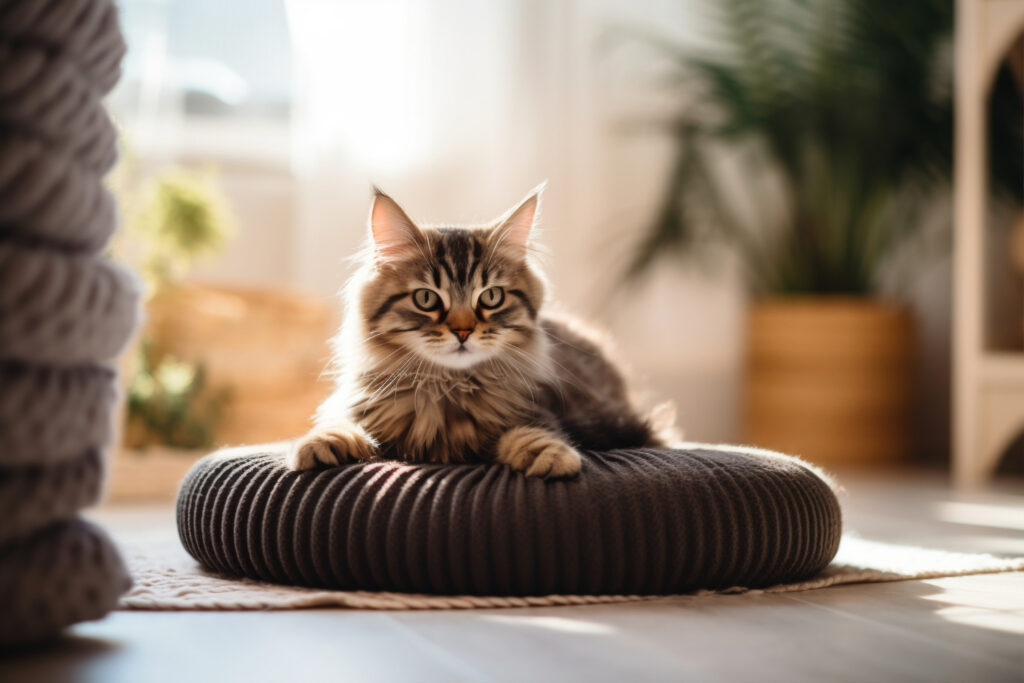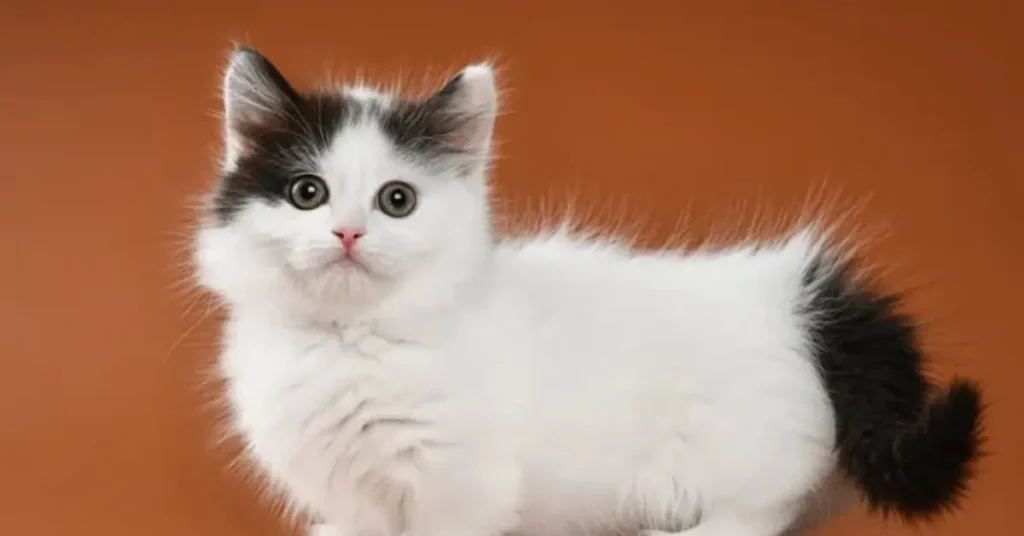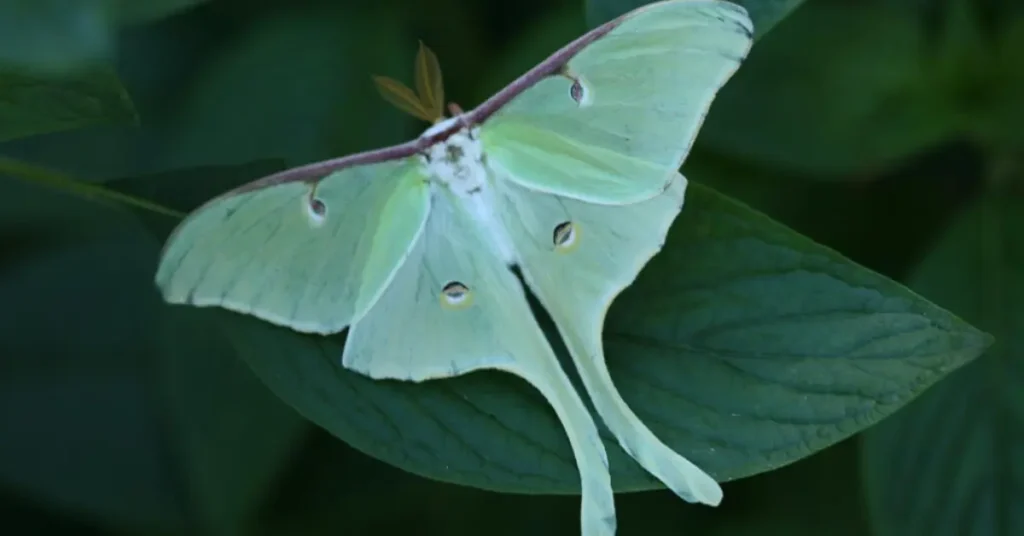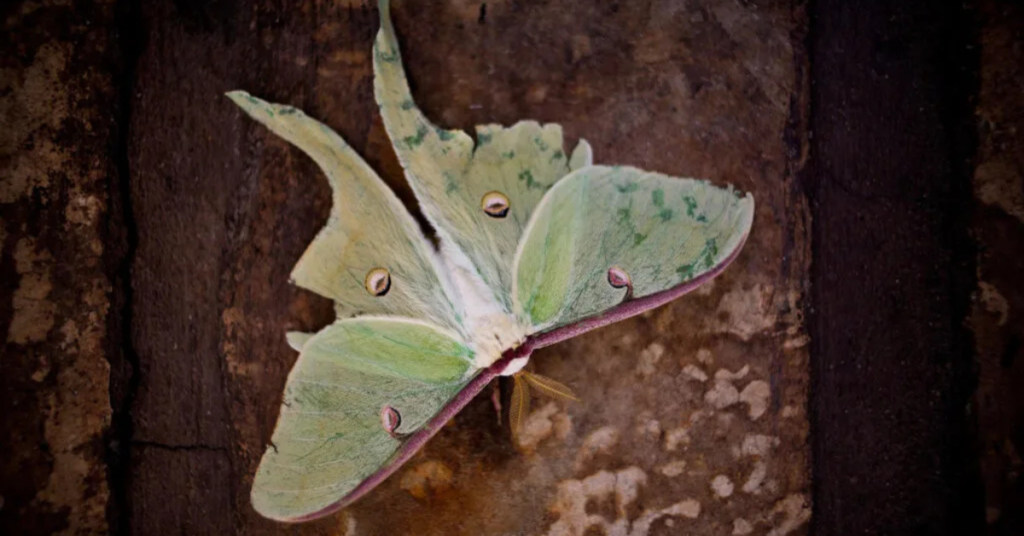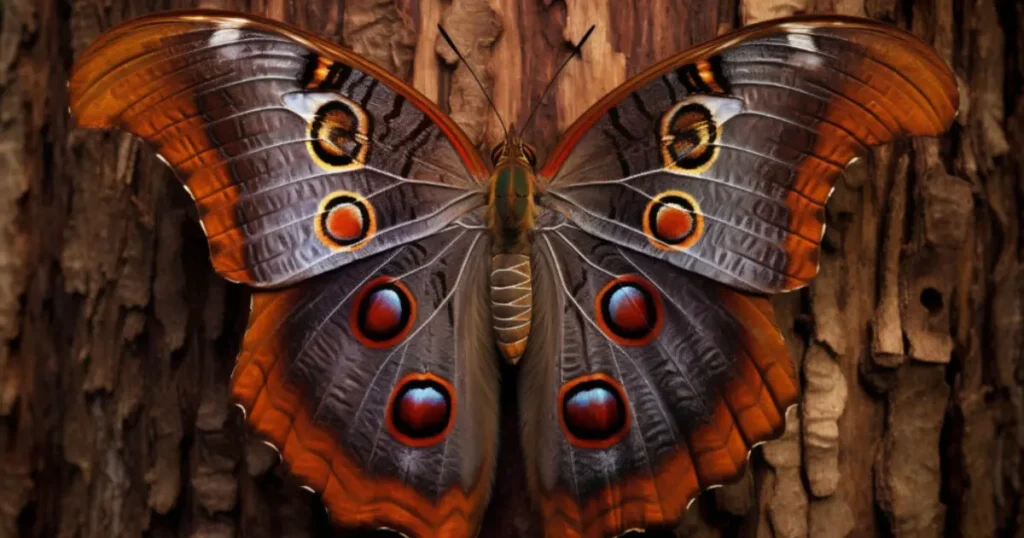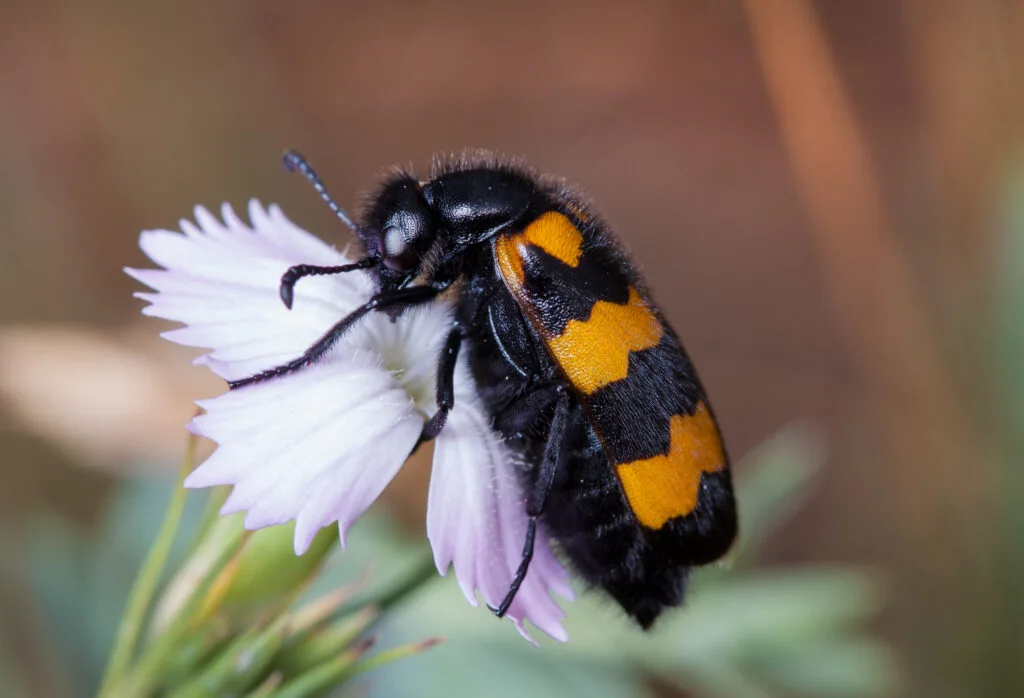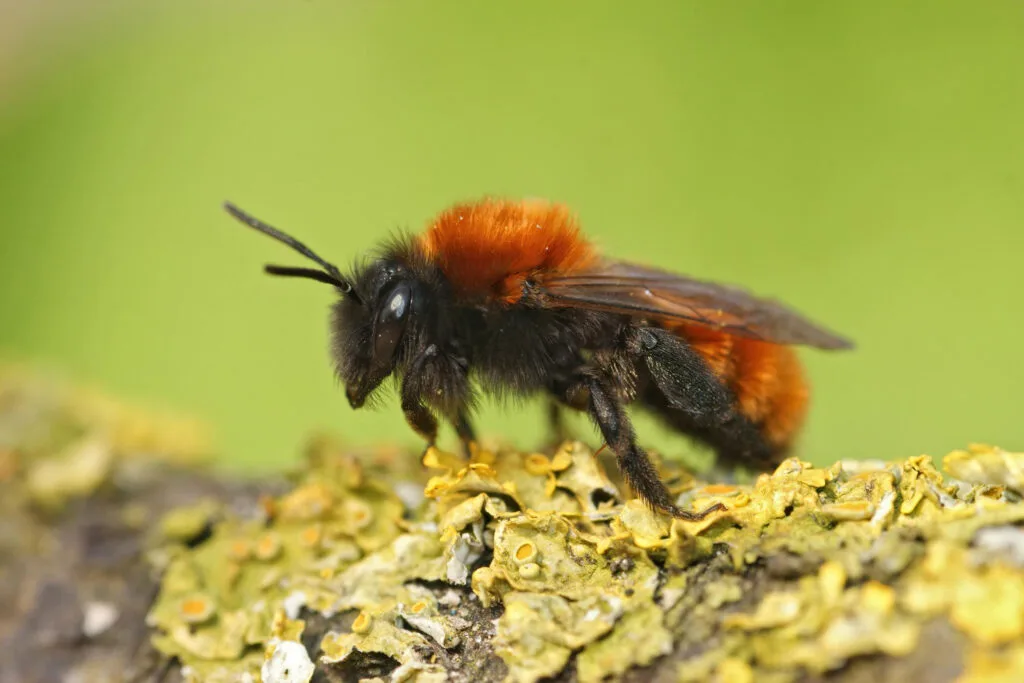Have you ever looked at a house cat and thought, “Wow, that looks just like a wild leopard!”? It’s not your imagination. There’s a growing fascination with owning a cat that looks like a leopard, combining the striking beauty of the wild with the warmth and affection of a domestic pet.
These majestic felines boast exotic patterns and bold personalities, making them the perfect choice for pet owners who want something truly unique. In this complete guide, we’ll explore everything you need to know about these fascinating cats, from their breed origins and lifestyle needs to their health, care, and whether they’re the right fit for your home.
Table of Contents
ToggleWhat Makes a Cat Look Like a Leopard?
The distinctive look of a cat that looks like a leopard comes from carefully bred genetics that enhance their spotted, rosette, or marbled patterns. While they have a wild appearance, their behaviour is entirely domestic—offering the best of both worlds.
Their striking patterns aren’t just about looks; they symbolise their lineage, intelligence, and playful nature. These cats often have muscular builds, vibrant coats, and a presence that commands attention in any room.
Top Domestic Cats That Resemble Leopards
1. Bengal Cat – The Icon of Exotic Beauty
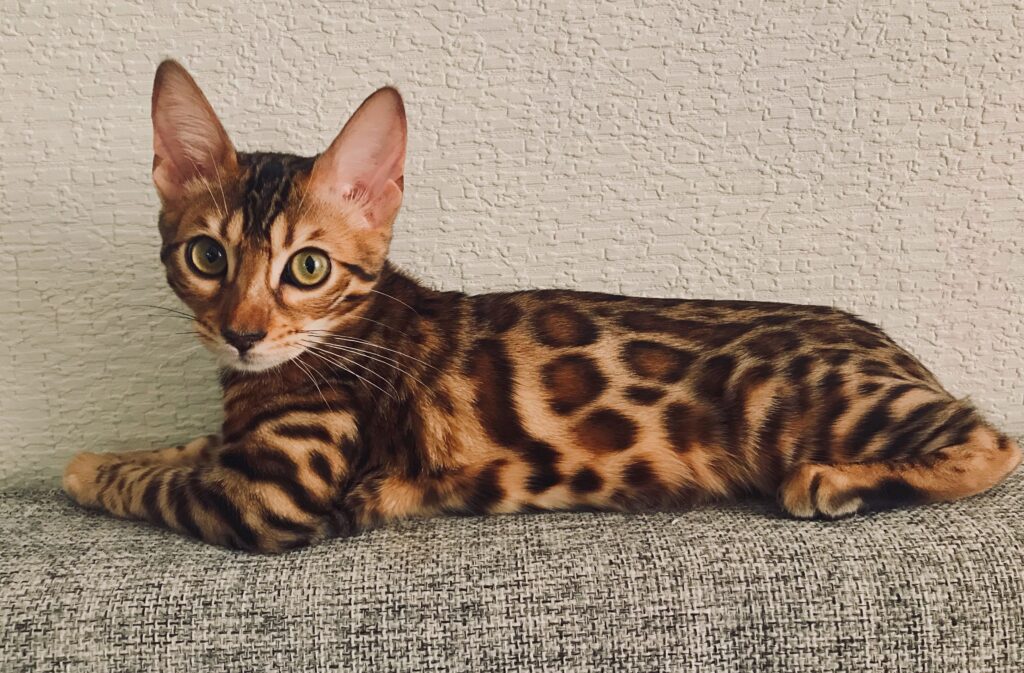
History:
Bengal cats were developed by crossing domestic cats with the wild Asian leopard cat. This breed was created to combine the beauty of the wild with a loving temperament suitable for family homes.
Appearance:
With their sleek, muscular bodies and stunning rosettes or marbled coats, Bengals are the ultimate example of a cat that looks like a leopard.
Personality:
Bengals are intelligent, curious, and playful. They love interactive games and are known to form deep bonds with their families.
Lifespan: 12–16 years
Health Considerations:
- Prone to heart conditions like hypertrophic cardiomyopathy
- Sensitive digestion; high-protein diets are essential
- Requires mental stimulation to prevent boredom
Fun Fact:
Many Bengal cats enjoy playing in water, so don’t be surprised if your bathroom becomes their new playground
2. Savannah Cat – The Exotic Adventurer
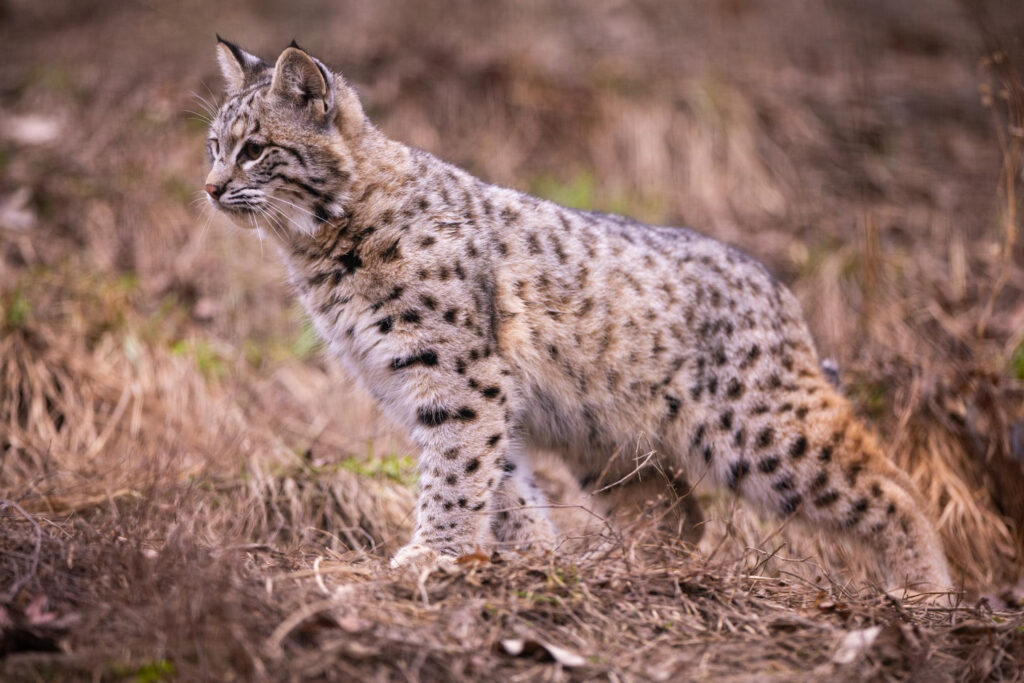
History:
The Savannah cat is a cross between a domestic cat and a serval, a wild African cat known for its long legs and spotted coat.
Appearance:
Savannah cats are tall, elegant, and resemble miniature cheetahs. Their large ears and bold markings make them one of the most exotic domestic cat breeds.
Personality:
Highly energetic and loyal, Savannah cats behave much like dogs. They can even be leash-trained and enjoy walks outdoors.
Lifespan: 12–20 years
Health Considerations:
- Needs a protein-rich diet
- Requires regular physical activity
- Socialisation from an early age helps them adapt to family life
Fun Fact:
Savannah cats are extraordinary jumpers and can leap up to eight feet high.
3. Ocicat – The Perfect Companion
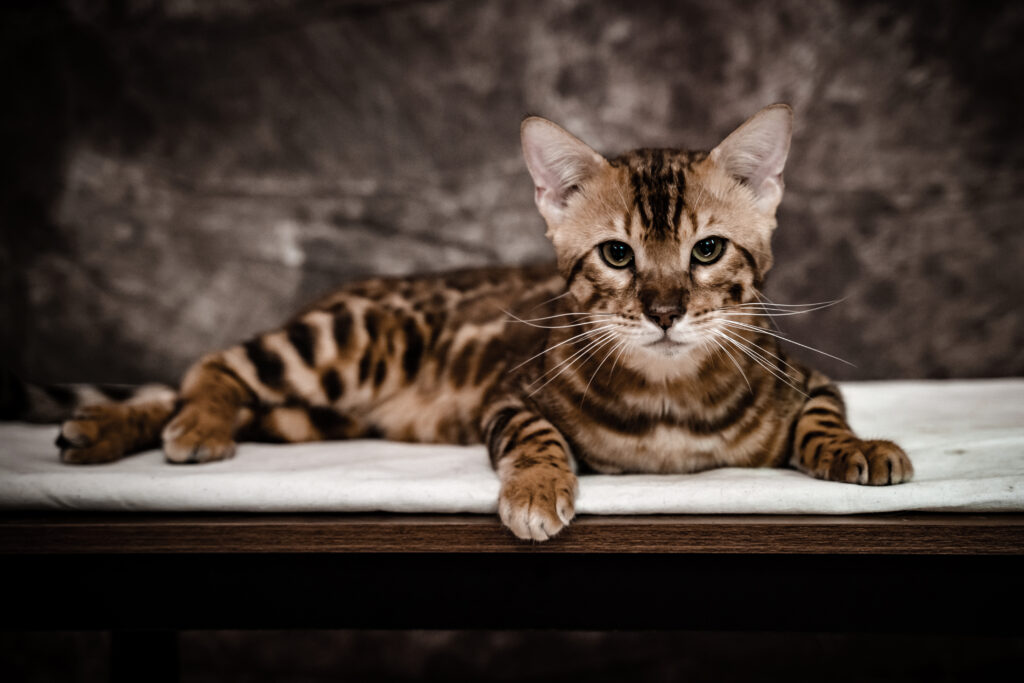
History:
Despite their wild looks, Ocicats have no wild ancestry. They were accidentally bred in the 1960s, creating a cat with a striking spotted coat and gentle, affectionate personality.
Appearance:
Ocicats have large, athletic bodies covered in beautiful, evenly spaced spots. Their coats come in various colours, including tawny, chocolate, and silver.
Personality:
They are known for being extremely sociable and enjoy the company of people, children, and even other pets.
Lifespan: 15–18 years
Health Considerations:
- Generally a healthy breed
- Regular dental hygiene is important
- They thrive in environments where they’re not left alone for long periods
Fun Fact:
Ocicats love playing fetch and learning tricks, making them highly interactive companions.
4. Egyptian Mau – The Natural Beauty
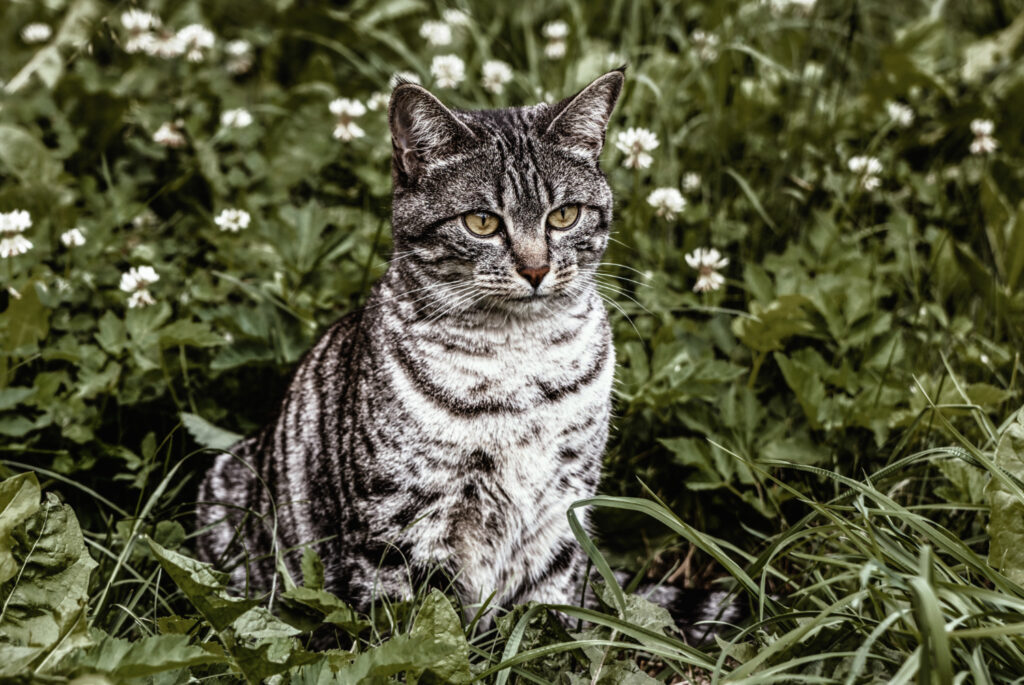
History:
The Egyptian Mau is believed to be one of the oldest domestic cat breeds, dating back to ancient Egypt.
Appearance:
They are the only naturally spotted domestic cat breed, and their stunning green eyes add to their mystical charm.
Personality:
Loyal and affectionate, but often reserved with strangers. Egyptian Maus are known for their strong bonds with their human families.
Lifespan: 12–15 years
Health Considerations:
- Sensitive to colder climates
- Requires a calm, stable environment to avoid stress-related illnesses
Fun Fact:
The Egyptian Mau is one of the fastest domestic cats, capable of running up to 30 miles per hour.
Creating the Perfect Home for Your Leopard-Like Cat
Even though these cats have wild looks, they crave comfort and security just like any other pet.
Key Considerations for Their Environment:
- Space to Climb: Invest in cat trees, climbing shelves, and high perches.
- Interactive Toys: Puzzle feeders, feather wands, and laser pointers help keep their minds and bodies active.
- Safe Outdoor Time: Consider building a catio or using a harness for supervised outdoor walks.
Cosy Resting Areas: Despite their active nature, they love curling up in warm, quiet spots after a day of play.
Do Leopard-Like Cats Get Along with Children and Other Pets?
Yes, but it depends on the breed and early socialisation.
- Bengals and Ocicats are typically friendly and playful with children and other animals.
- Savannah Cats can be more territorial but will get along if introduced properly.
- Egyptian Maus prefer calm households and may take time to adjust to new family members.
Always supervise early interactions, and provide each pet with their own safe space.
Understanding Their Health and Lifespan
These cats may look tough, but they have specific health needs that shouldn’t be ignored.
Common Health Issues:
- Heart diseases like hypertrophic cardiomyopathy (especially in Bengals)
- Progressive retinal atrophy leading to vision problems
- Gastrointestinal sensitivities requiring special diets
General Care Tips:
- Provide a protein-rich diet tailored to their breed’s needs.
- Schedule annual veterinary check-ups and dental cleanings.
- Keep them physically and mentally stimulated to prevent behavioural issues.
Lifespan by Breed:
- Bengal Cat: 12–16 years
- Savannah Cat: Up to 20 years
- Ocicat: 15–18 years
- Egyptian Mau: 12–15 years
With attentive care, your cat that looks like a leopard can enjoy a long, healthy, and happy life.
Training and Behavioural Enrichment
These highly intelligent cats love learning new things.
Training Ideas:
- Teach basic commands like sit, stay, and fetch.
- Train them to walk on a leash—especially Savannahs and Bengals.
- Provide interactive feeding puzzles to challenge their minds.
Behavioural Tips:
- Never leave them bored or unstimulated; it can lead to destructive behaviour.
- Positive reinforcement works best—treats and praise go a long way!
How Much Does It Cost to Own a Cat That Looks Like a Leopard?
These stunning felines are not only rare but also require a certain level of investment.
Upfront Costs:
- Bengal: £1,000 – £2,500
- Savannah: £1,500 – £7,000 (especially for higher generations)
- Ocicat: £800 – £1,500
- Egyptian Mau: £900 – £1,800
Ongoing Costs:
- High-quality food: £50–£100 monthly
- Veterinary care: £300–£600 annually
- Toys, climbing structures, and enrichment: Initial cost of £200–£500
Owning a cat that looks like a leopard is a commitment—but one that’s truly rewarding.
Are You Ready to Welcome a Miniature Leopard into Your Home?
Before making the leap, ask yourself:
- Do you have time to meet their high energy and social needs?
- Can you provide the space and mental stimulation they crave?
- Are you prepared for the financial commitment involved?
If the answer is yes, then you’re all set to experience the joy of having one of these magnificent cats by your side!
Conclusion
Owning a cat that looks like a leopard isn’t just about having a beautiful pet—it’s about embracing a lifestyle filled with fun, adventure, and loyal companionship. Whether you choose the ever-curious Bengal, the striking Savannah, the friendly Ocicat, or the graceful Egyptian Mau, these cats will fill your life with unforgettable moments.
Take the time to research responsible breeders or consider adoption options where possible. Prepare your home, commit to their care, and get ready for a life enriched by the elegance and charm of your very own miniature leopard.

